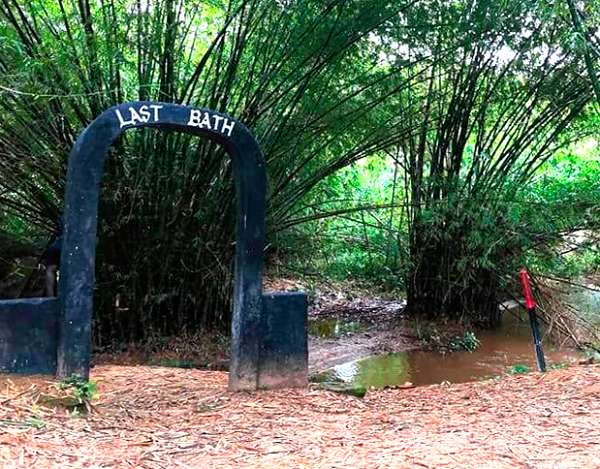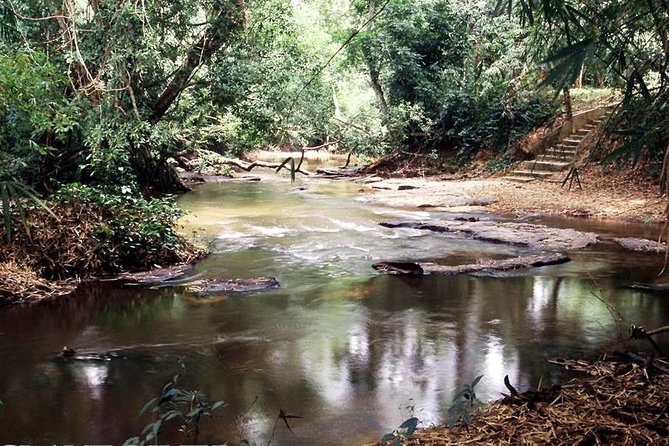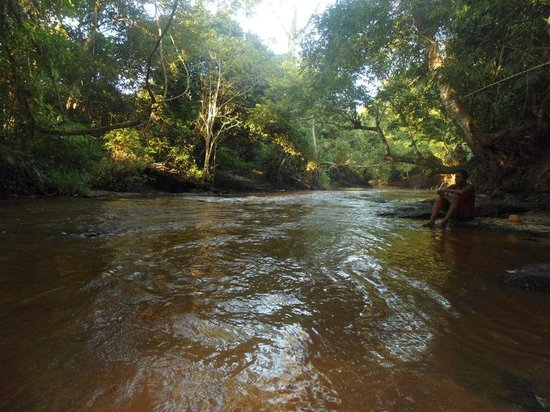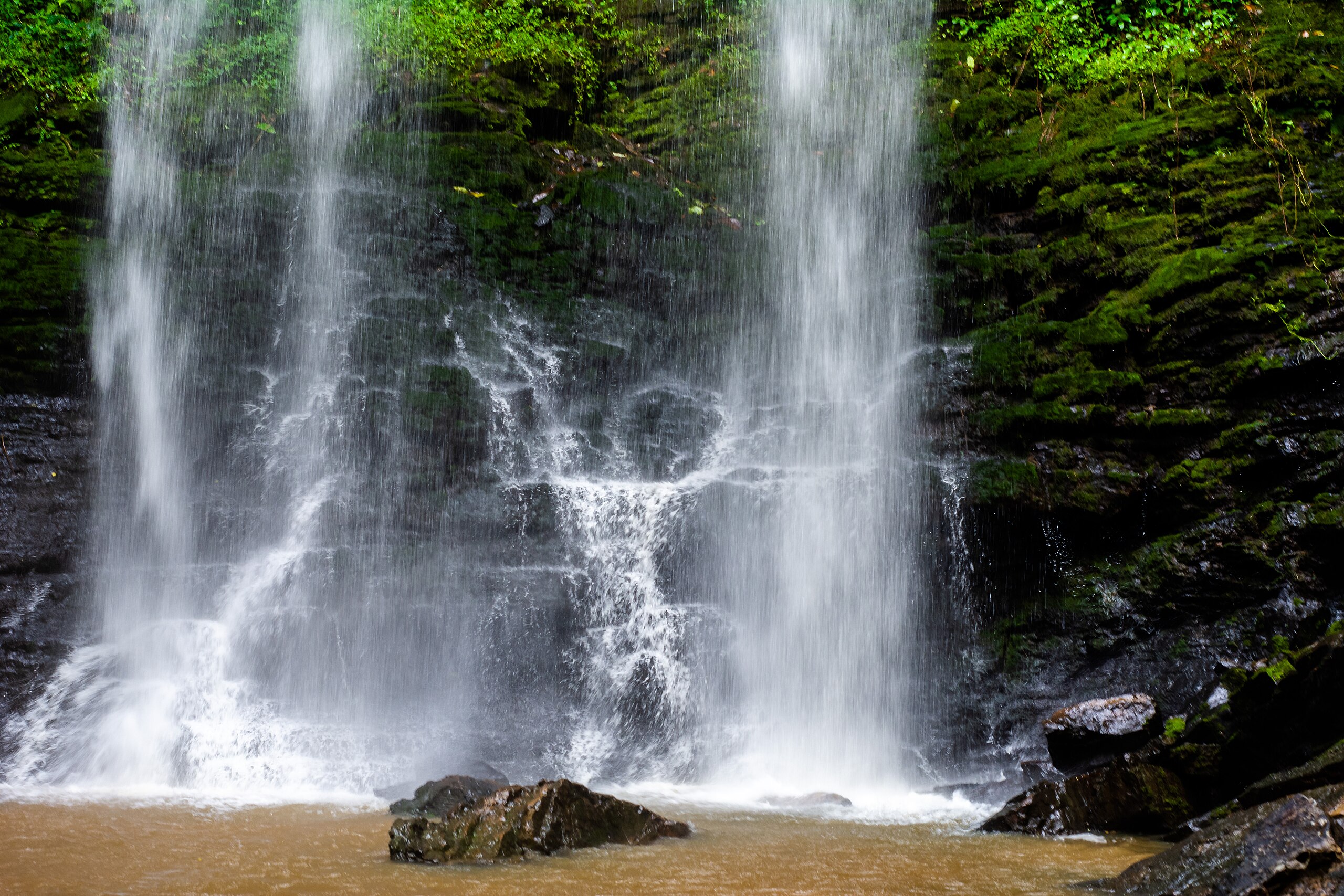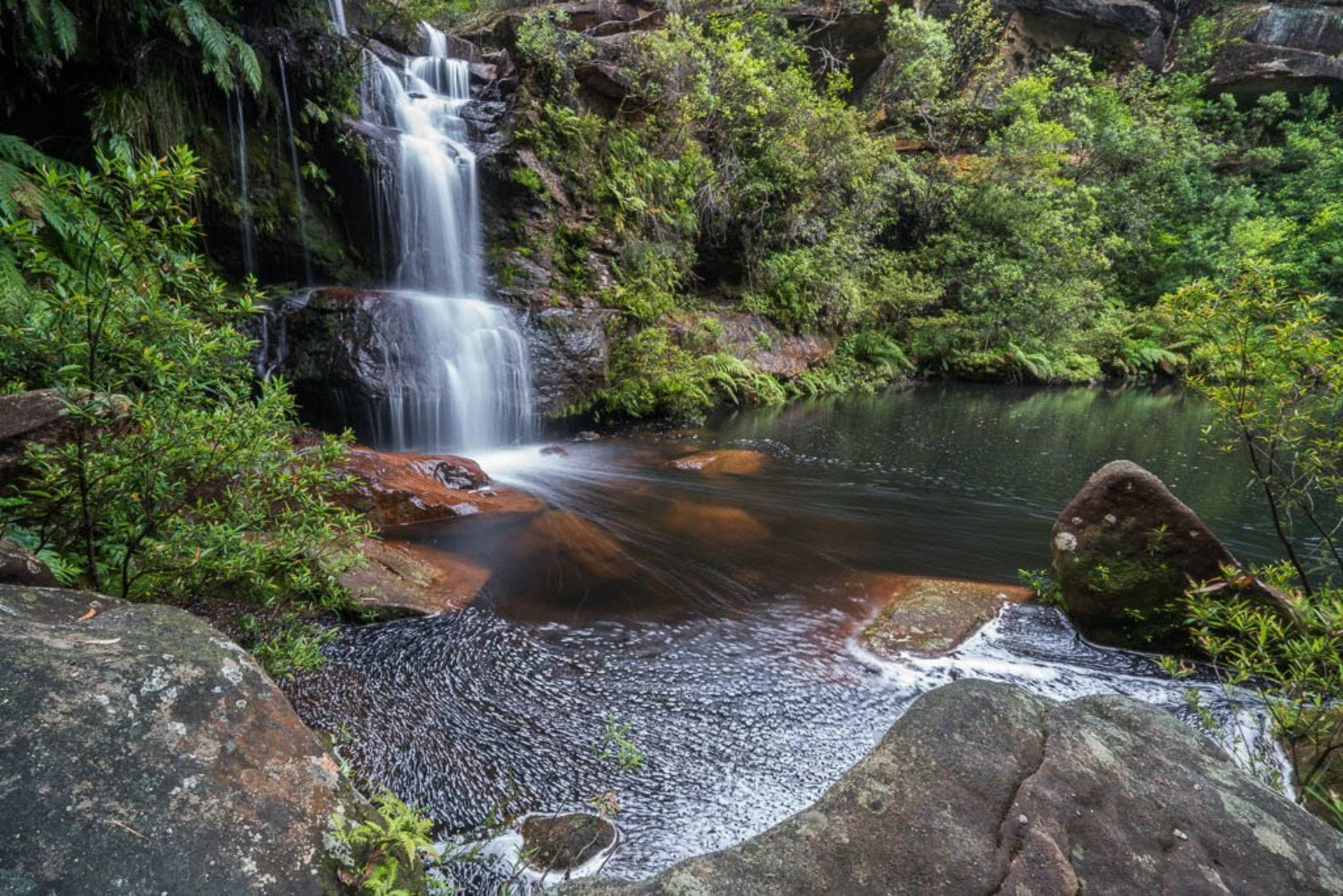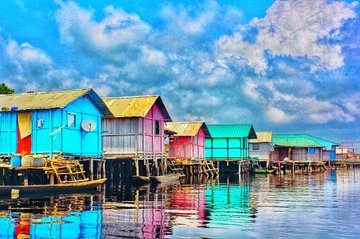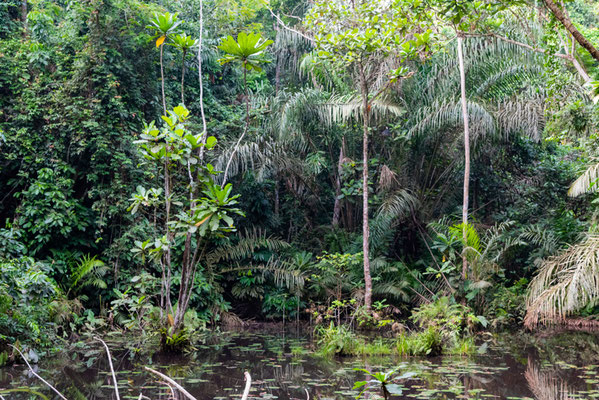
Assin Manso Slave River Site: History, Memory & Modern Significance
Nestled about 40 km from the Cape Coast–Kumasi highway in Ghana’s Central Region, Assin Manso, also known as Donkor Nsuo or Nnonkonsuo, was a major slave processing site during the transatlantic slave trade.
Enslaved individuals from northern Ghana and beyond were brought here to rest, be sorted, branded, and take their “last bath” in African waters before being marched to coastal castles.
In 1998, the site received renewed international attention with the symbolic reburial of two returnees one from Jamaica, one from New York. Today, visitors from the diaspora often participate in a ritualistic walk to the river, barefoot, to reconnect with ancestral history
The Memorial Wall of Return allows visitors to inscribe their names as a gesture of return and remembrance
What to See & Do
- The Slave River (“Last Bath”): A tranquil spot under bamboo trees where enslaved captives undertook their final bath symbolizing separation from homeland.
- Memorial Wall of Return & Graveyard: The site includes reburial tombstones of returned ancestors and plaques honoring those lost during the slave trade.
- Information Center & Walkway Tours: Guided walk along the recreated slave route that connects to Cape Coast and Elmina castles.
- Emancipation Day Celebrations (Aug 1): Annual cultural durbar, libations, speeches, and rituals held here, especially for diaspora reconnections.
Why Assin Manso Matters
· A poignant link in Ghana’s slave route heritage, welcoming locals and diasporans alike.
· A sacred place for introspection and reconnection with ancestral history.
· Often paired with heritage sites like Cape Coast Castle and Kakum National Park on cultural tours.
Related content
Interdum et malesuada fames

